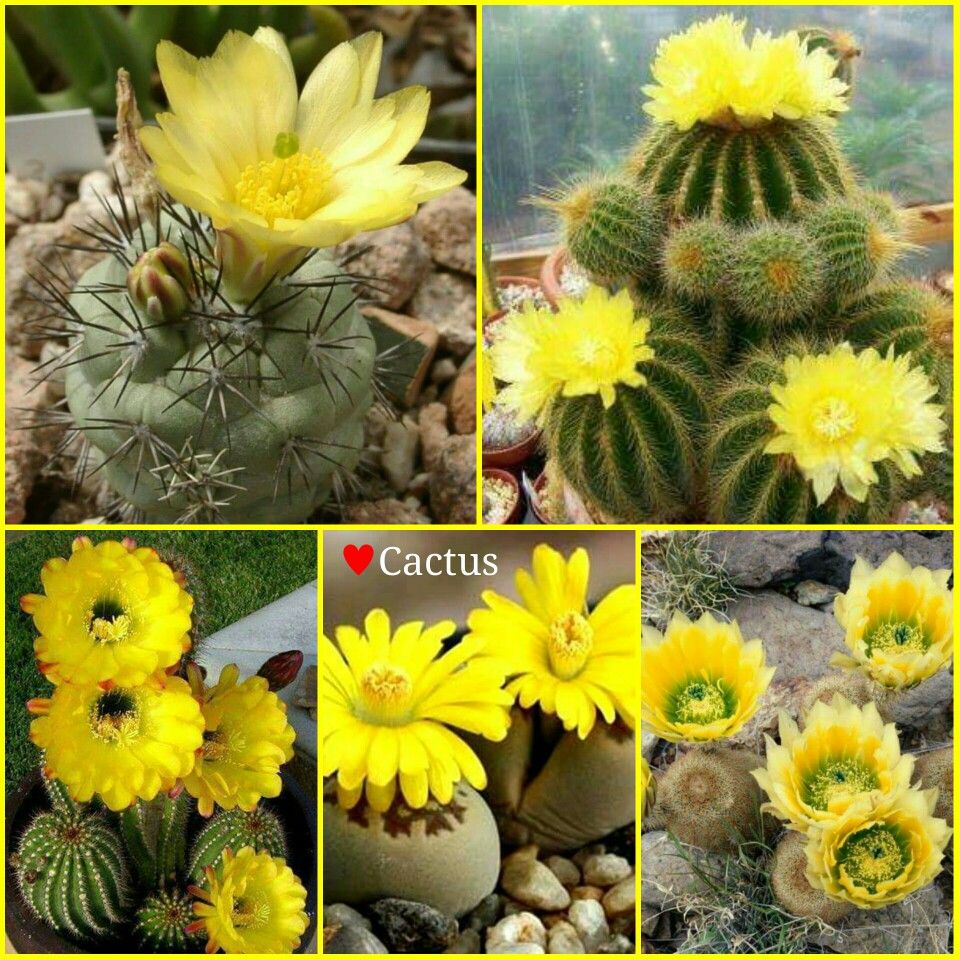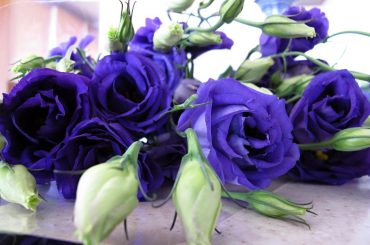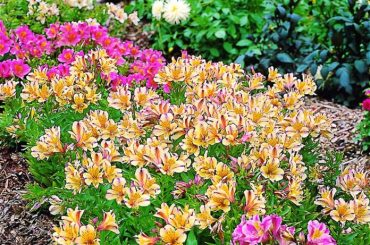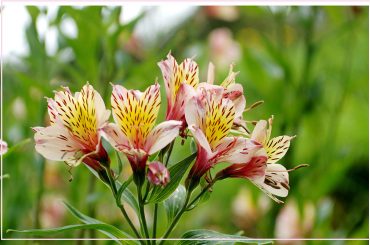Table of Contents
Basically, cactus plants are native to dry and heat-producing areas, and their structure has been adapted to survive in the same environment. However, there are many cultivated species of this spiky plant available all over the world. Yet these species also require the same environment for proper growth. So, these beautiful cacti species can be nurtured by mimicking the desert-like environment.
In this article, we will talk about an interesting and aesthetically pleasing aspect of Cactus: cactus blooms. There are many varieties of spiky plants available with different flower colors. So here we are going to share some amazing yellow-flowered cacti species. Let’s get started with the same.
Beautiful Cactus Varieties with Yellow Flowers
Even though thorny vegetation is likely to survive and bloom in particular places, the newly cultivated cactus species can be raised using certain maintenance techniques. There are some popular cactus species which produce yellow flowers. Here is the list of those cactus plants with yellow blooms
1. Fairy Castle
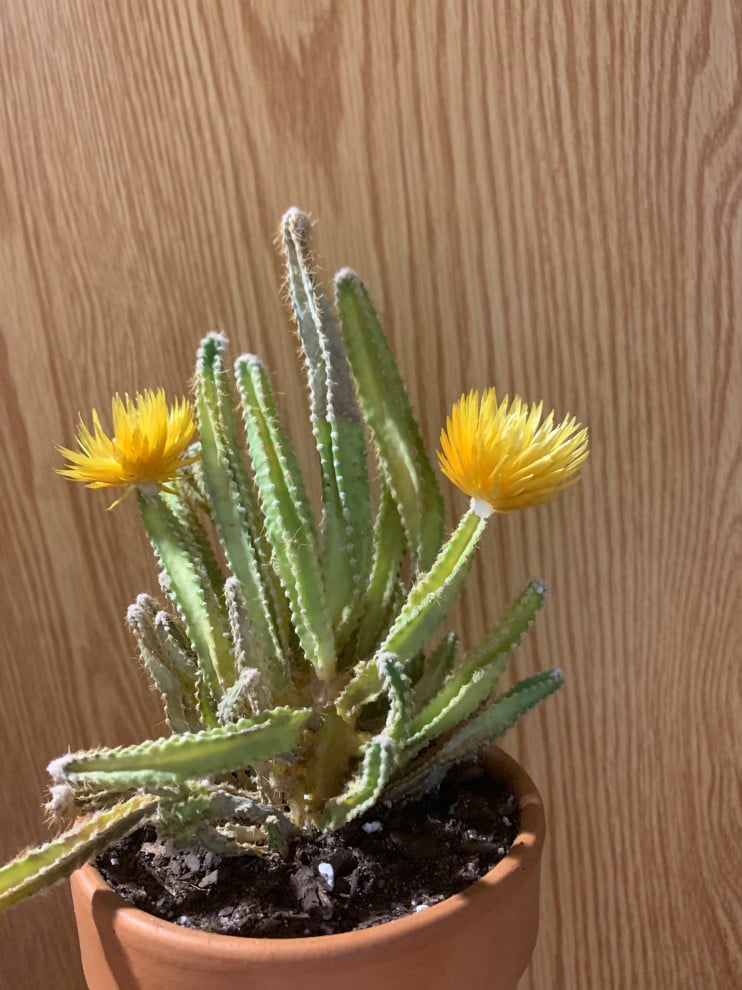
Scientific Name – Acanthocereus Tetragonus
Family – Cactaceae
Native Vegetation – Southern US, Northern South America, Mexico, Central America
Fairy Castle is also known as barbed wire cactus, triangle cactus, or dildo cactus. This dark green stemmed cacti species has a very sluggish growth format. Its height can be reached from 6 feet to almost 23 feet. However, fairy cactus blooming is occasional and produces large white or yellow color flowers.
2. Bishop’s Hat
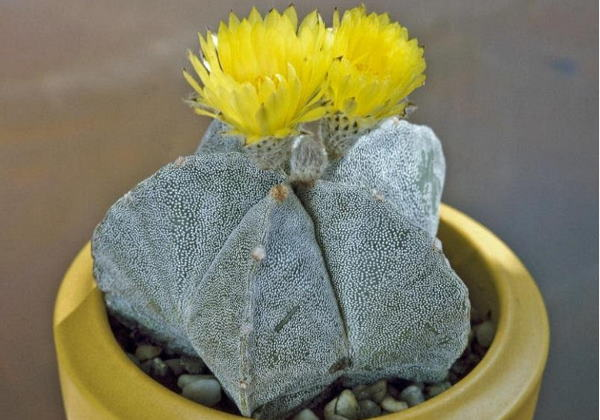
Scientific Name – Astrophytum Myriostigma
Family – Cactaceae
Native Vegetation – Central and Northeastern Mexico, Texas
Unique cylindrical shaped bishop’s hat cactus species are ultimate ornamenting plants for gardens. Its height reaches around 3 feet, and wideness is around 8 inches. This plant is likely to have 4 to 8 ribs and can have more while growing stages. Bishop’s hat cactus species blooms mostly in daylight around spring or summer seasons. Bishop hat produced fragrant multi-petaled yellow flowers.
3. Balloon Cactus
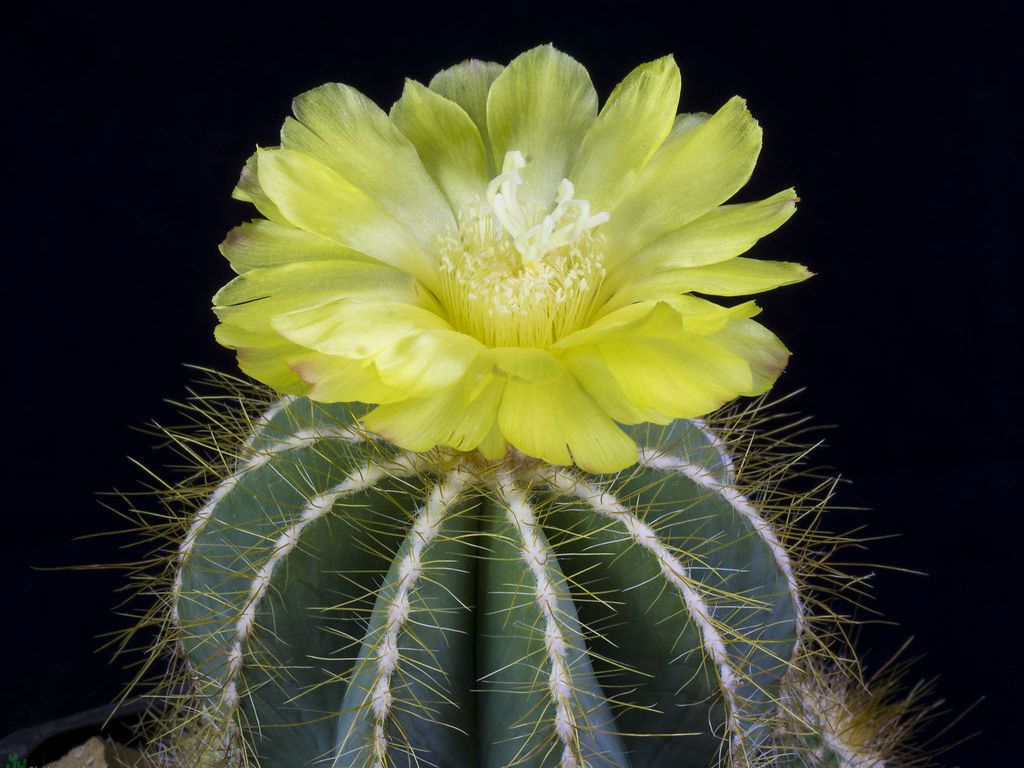
Scientific Name – Parodia Magnifica
Family – Cactaceae
Native Vegetation – Southern Brazil
Ballon cactus, or ball cactus, is a fast-growing thorny plant around 3 to 6 inches in height and 18 inches broadness. This multi-ribbed cactus consists of hairy stems, and it produces pale yellow flowers mostly in the summer seasons.
4. Lobivia Cactus
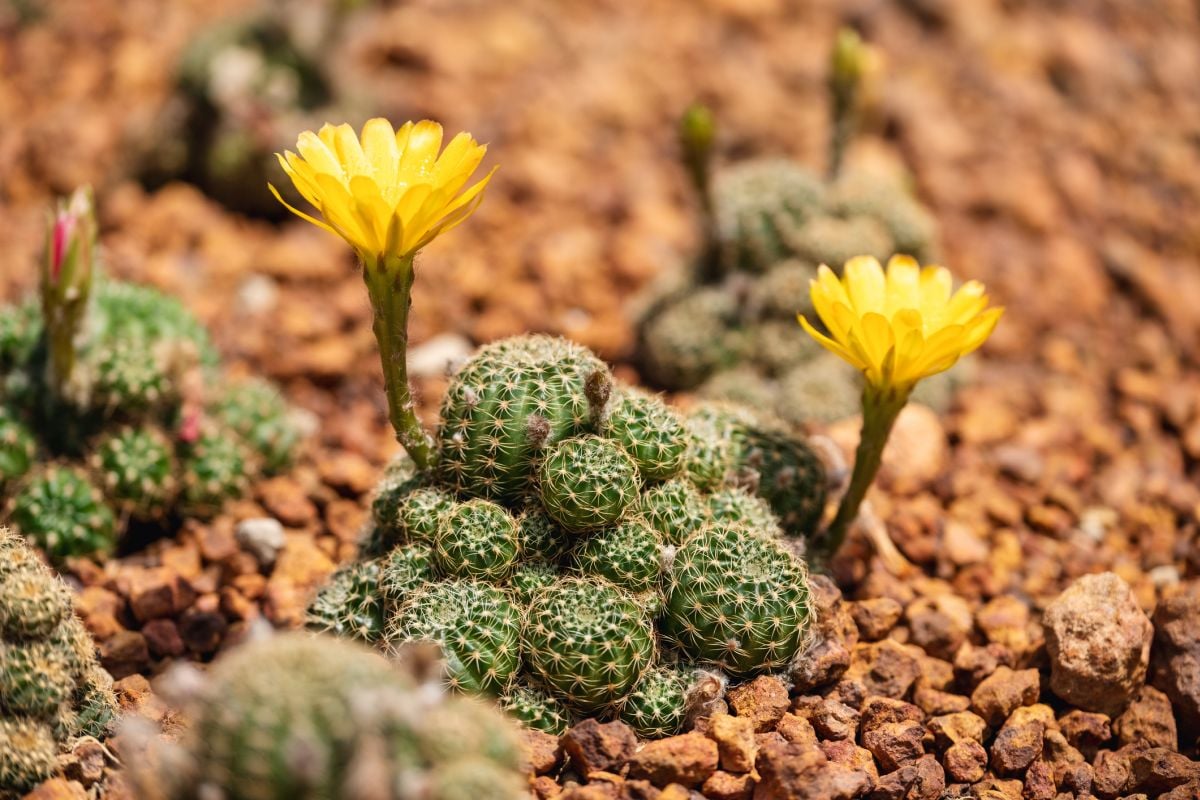
Scientific Name – Lobivia Archanacantha
Family – Cactaceae
Native Vegetation – Peru, Bolivia, Argentina
Lobivia is considered a perfect house plant for those who will introduce thorny beauty to their house. Around 70 species of Lobivia are available, with spherical shapes and white spikes that resemble a spider. The size of the blooms is quite large, and orange, yellow, purple, and red flowers will mostly be seen, which sustain on the plant for up to 2 days.
5. Prickly Pear
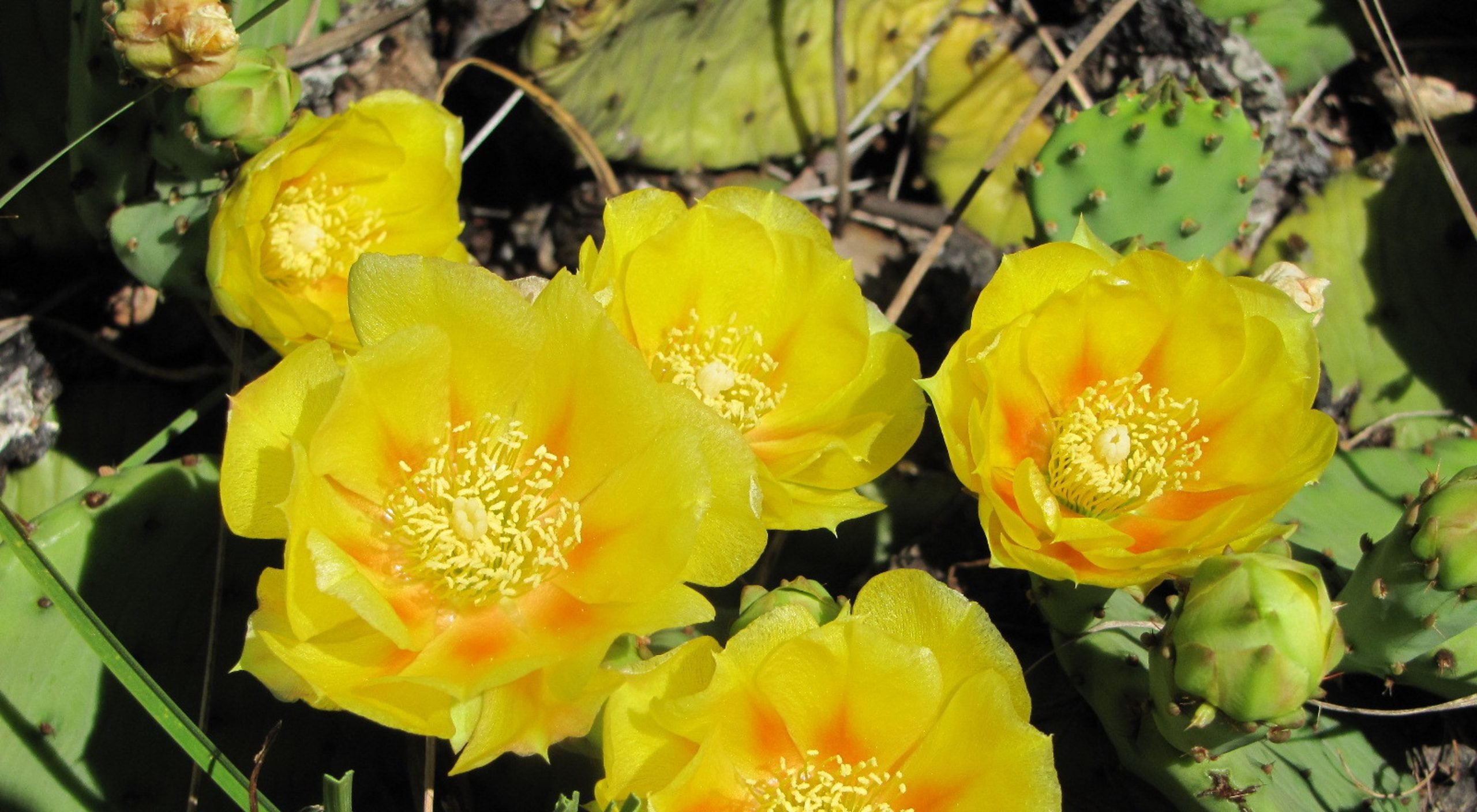
Scientific Name – Opuntia
Family – Cactaceae
Native Vegetation – Western hemisphere
The prickly pear cactus species is one of the popular cacti plants due to its appearance and health benefits. Some edible species of prickly pear produce large-sized flowers, which later convert into edible fruits. Prickly pear blooming starts around the summer and spring seasons. The multilayered yellow flowers have been a USP of this beautiful cacti plant.
6. Crown Cactus
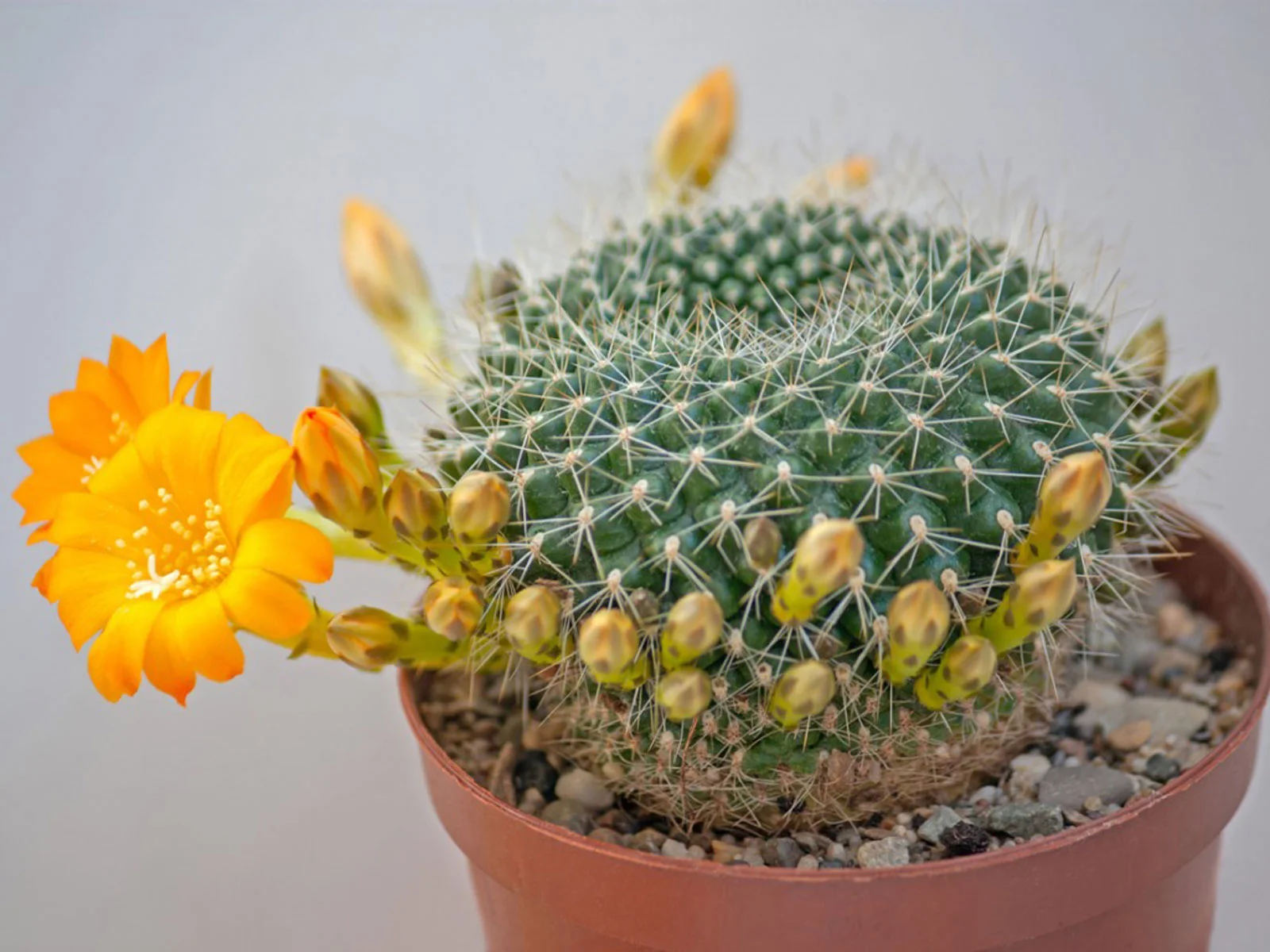
Scientific Name – Rebutia Mentosa
Family – Cactaceae
Native Vegetation – Bolivia
The Royal Horticulture Society has awarded the crown cactus species. Crown catus is also one of the favorite cacti plants for homes. However, it needs frequent repotting to ensure proper growth as their stems grow over time. As far as watering is concerned, it is the same as other cacti plants require i.e. adequate watering during summer and spring with monitoring proper drainage. The constant blooming cycle of this cacti plant with yellow or orange flowers makes it kind of unique plant.
7. Golden Barrel Cactus
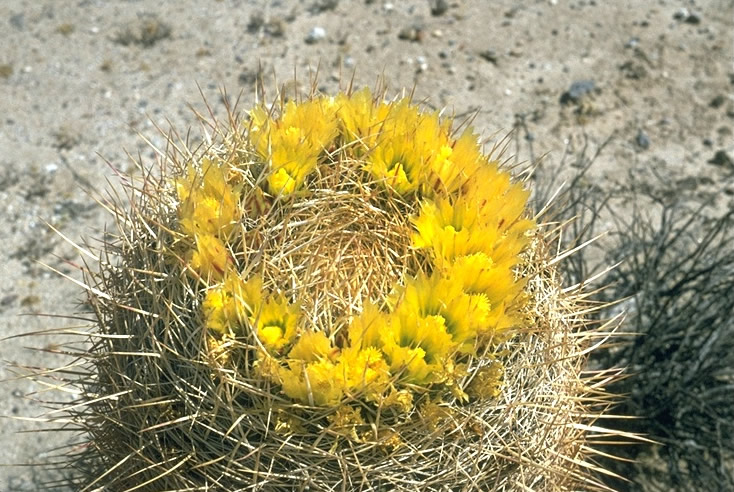
Family – Cactaceae
Native Vegetation – Mexico, Southwestern US
The name of this cacti species speaks more about its structure. The barrel-shaped cacti plant can survive in any weather, like harsh heat or cold winters. Even though this cacti plant can bear any weather condition, a heated environment will be more favorable to achieving healthy plant growth. Golden barrel cactus plant requires less water, so after complete drying of the soil, they can be watered. This multi-spined cacti plant produces flowers after it has completely matured, and it will take up to 15 years to mature this plant. Hence, the blooming of this plant is considered very rare.
8. Bunny Ear Cactus
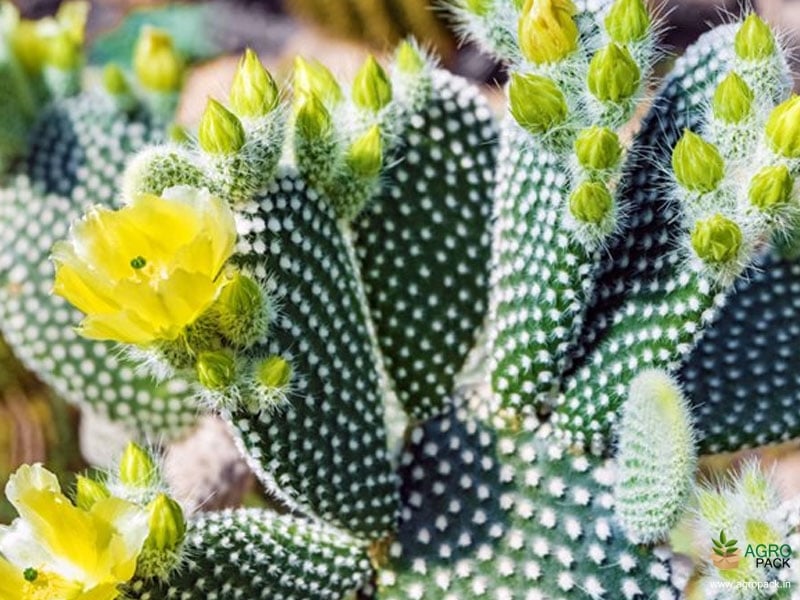
Scientific Name – Opuntia Microdasys
Family – Cactaceae
Native Vegetation – Central and Northern Mexico
The Bunny Ear Cactus plant works like the best of both i.e. it has a beautiful appearance and is considered the best air purifying plant. However, it needs full sunlight to grow, so it can not be placed in the house. But it will work great in garden areas with a dry environment. Bunny bear plant blooming happens to be in the summer season, when the plant produces yellow flowers on the top part of the spines.
Conclusion
Usually, cactus plants are considered unique only due to their sharp thorns and surviving features. However, there are so many other elements that make this uniquely beautiful plant more unique.
In this article, we have shared an element of the same, and that is cacti blooming. Colorful flowering is also an important value-adding element for cactus plants. So, here we have shared some amazing cactus species with yellow blossoms. Along with the yellow blooming plants, we have also described some specifications of those species, which indeed will add knowledge to your cacti plant information gallery.

